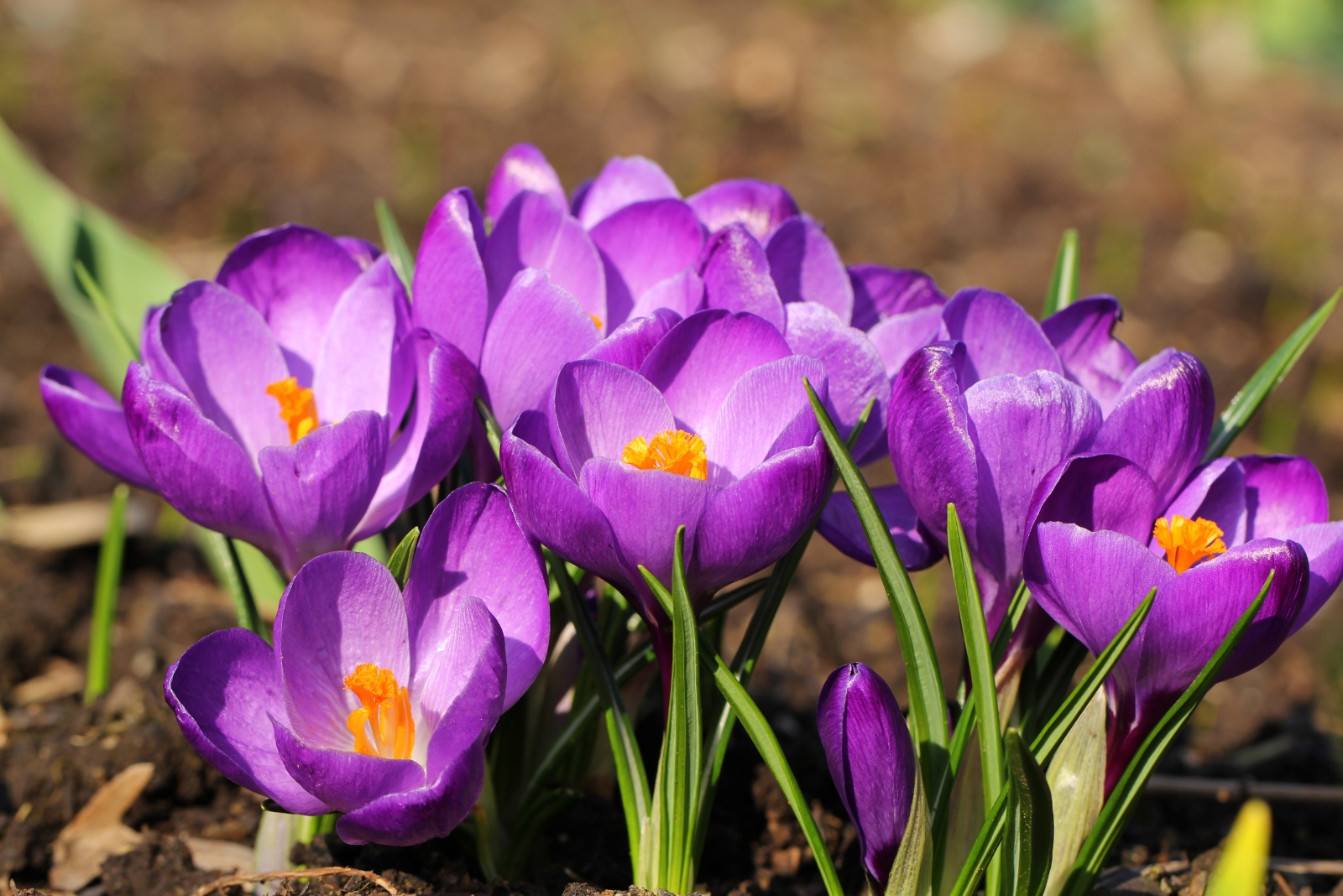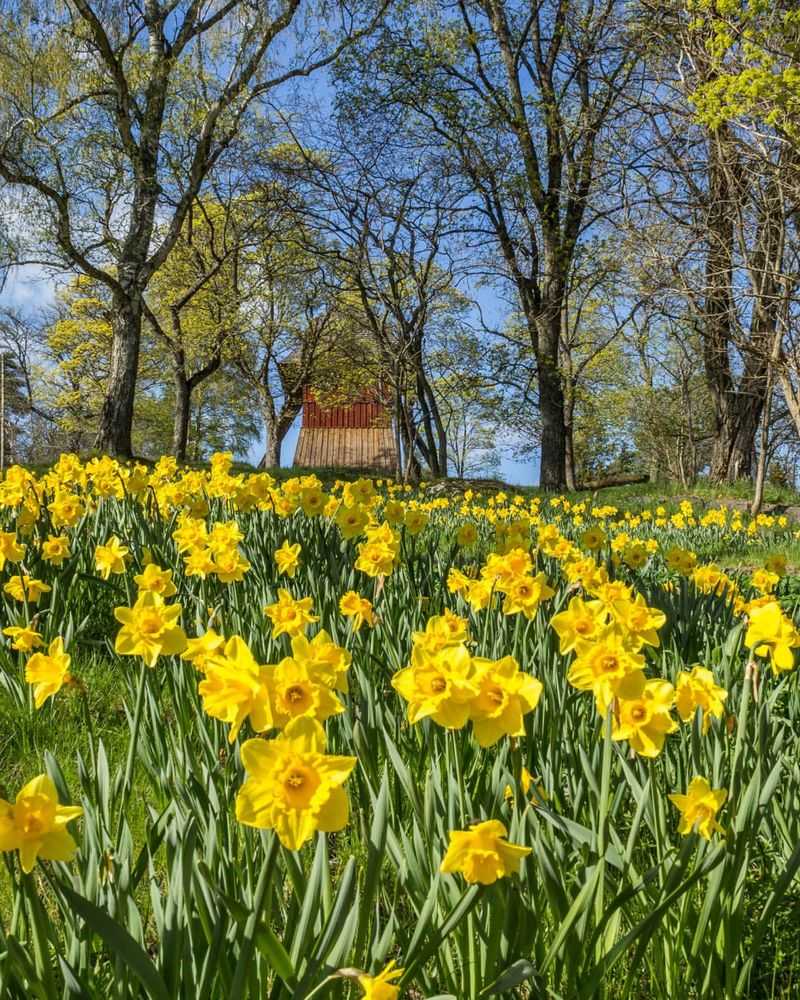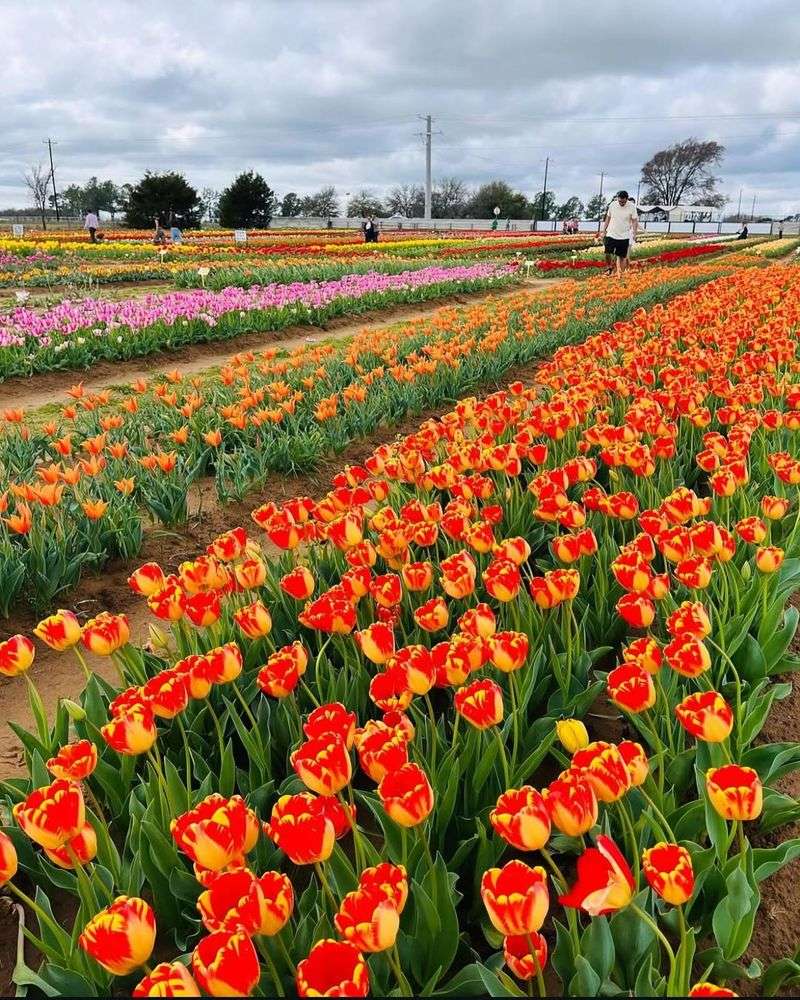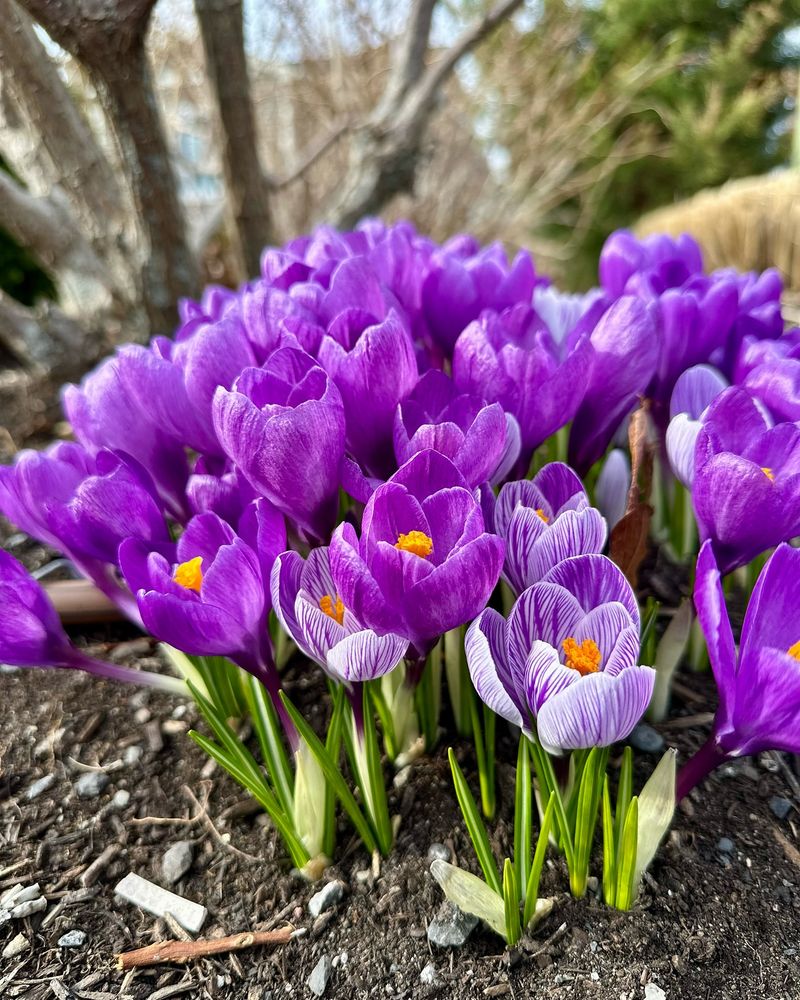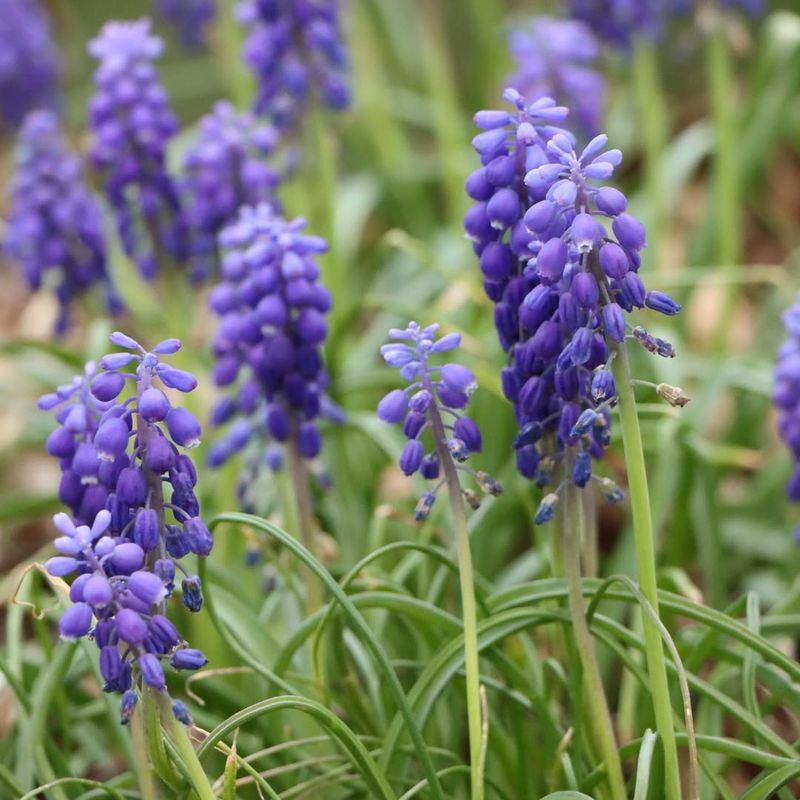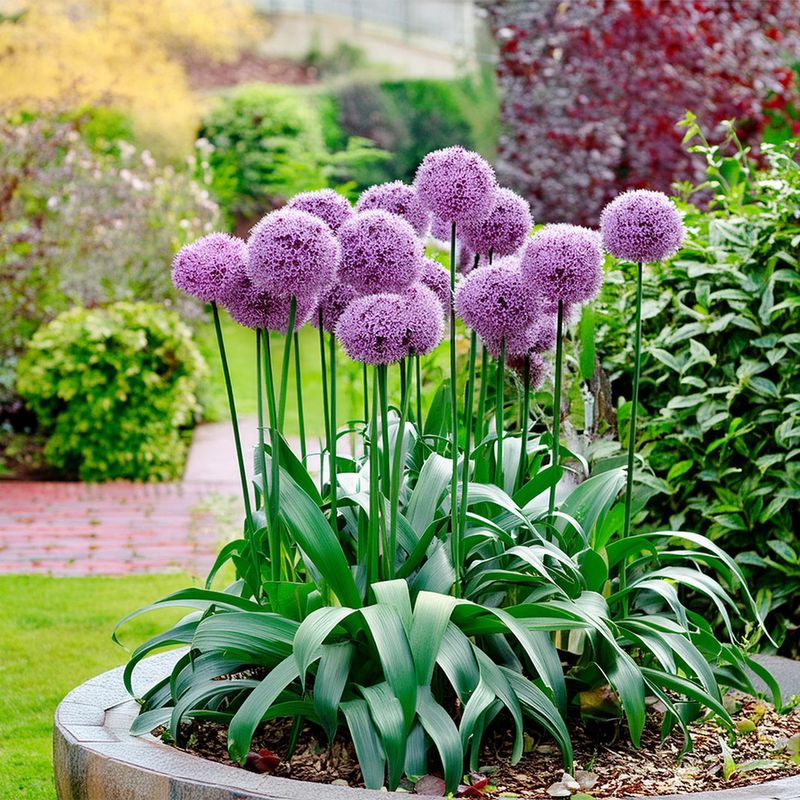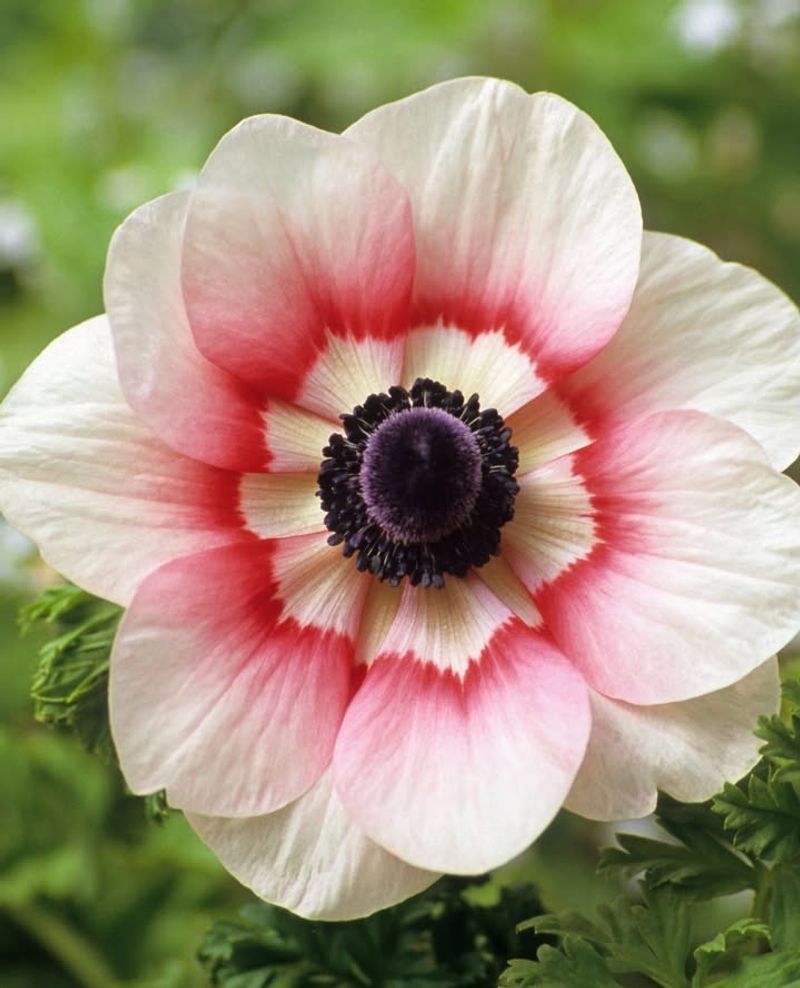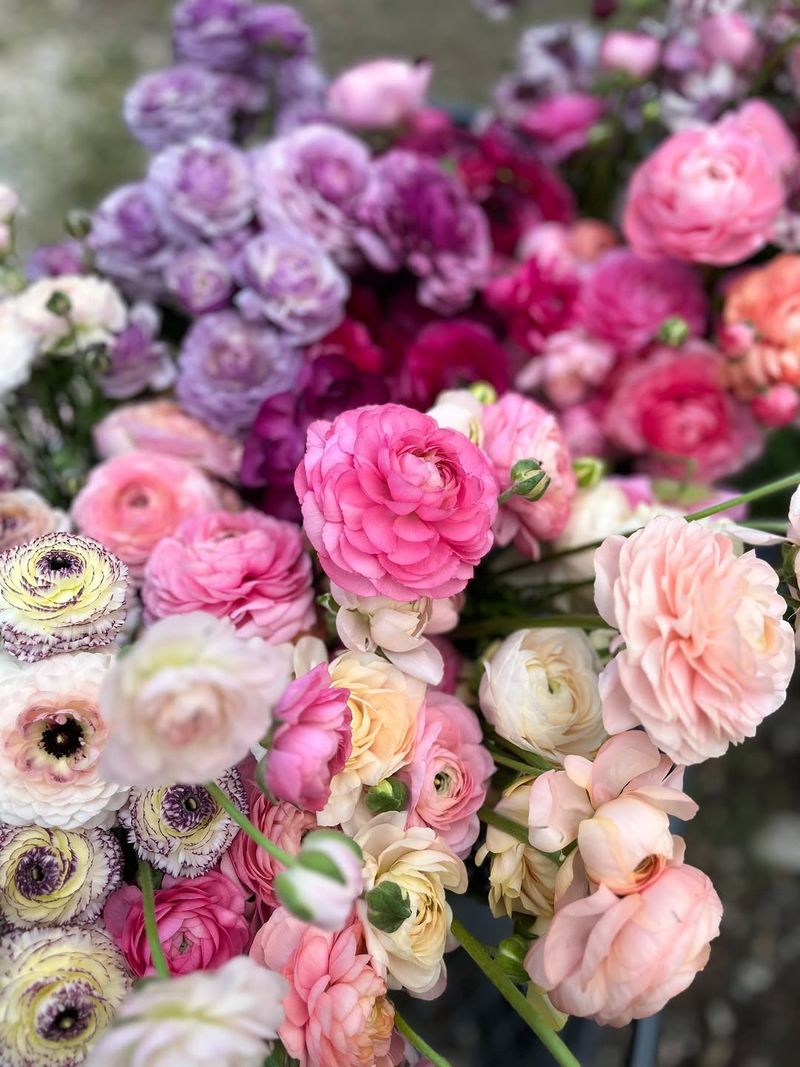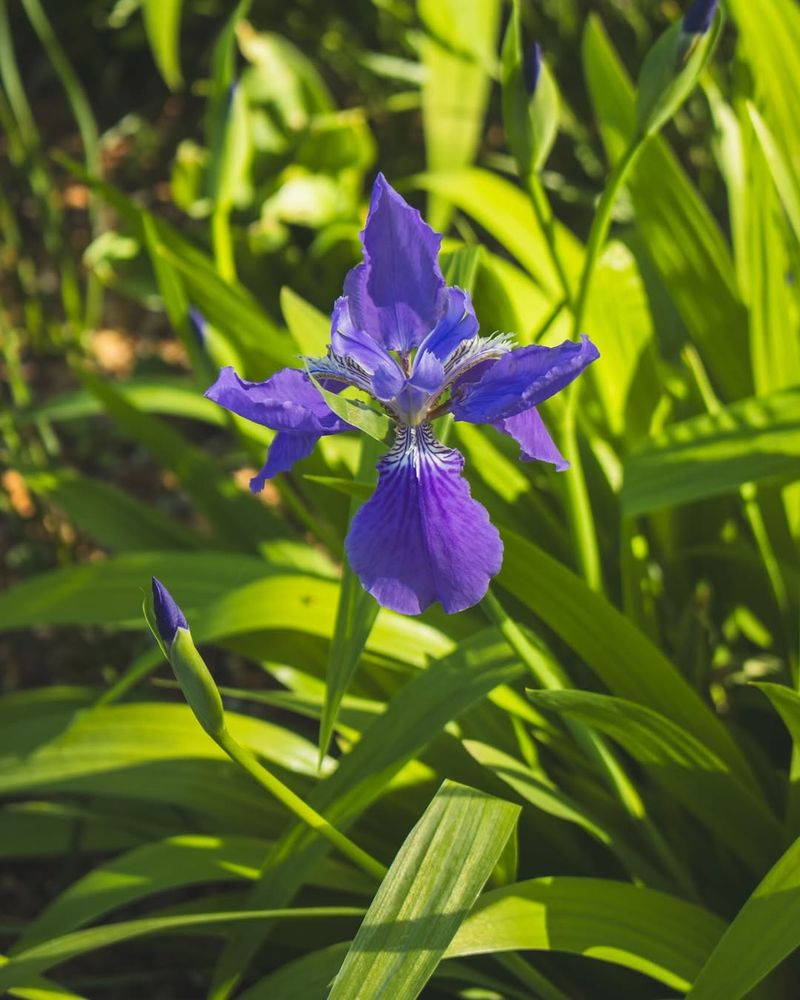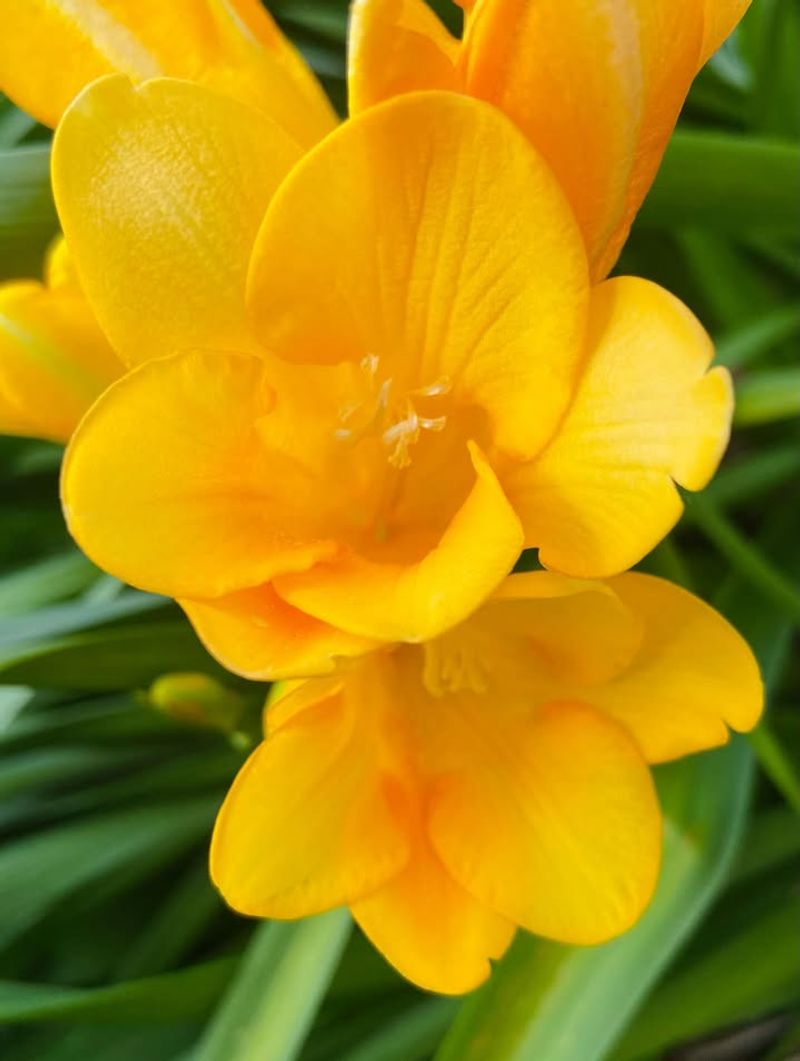Texas gardeners don’t have to give up on planting just because November rolls in. I’ve slipped bulbs into the ground late in the season and still had gorgeous blooms.
Some varieties love the cooler soil. These bulbs give your garden a strong start without any fuss.
1. Daffodils
Cheerful and carefree, daffodils bring sunshine to any Texas yard when spring arrives. November planting gives them plenty of time to develop roots in the cooler soil.
Plant them about six inches deep in well-draining soil, and they’ll reward you with golden blooms year after year. Texas gardeners love how deer won’t bother these beauties, making them perfect for rural properties.
Once established, daffodils multiply naturally, creating bigger displays each season without any extra effort from you.
2. Tulips
Nothing says spring quite like tulips standing tall with their cup-shaped petals in every color imaginable. In Texas, these bulbs need November’s chill to trigger proper blooming later on.
Store them in your refrigerator for six to eight weeks before planting if you live in warmer parts of the state. Choose a spot with morning sun and afternoon shade for best results.
Water them regularly during their growing season, and you’ll enjoy spectacular flowers that brighten even the gloomiest days.
3. Hyacinths
With their incredible fragrance, hyacinths transform gardens into perfumed wonderlands each spring. November planting in Texas allows these bulbs to settle in before the coldest weather hits.
Plant them four to six inches deep in groups for maximum visual impact and scent. Their thick flower spikes come in purple, pink, white, and blue shades that complement any landscape design.
Texas soil drains well naturally in many areas, which hyacinths absolutely love since they hate sitting in soggy conditions.
4. Crocus
Among the earliest bloomers, crocus flowers push through the ground when winter barely loosens its grip. November gives these tiny but mighty bulbs exactly what they need to thrive in Texas gardens.
Plant them just three inches deep in clusters of at least a dozen for eye-catching drifts of color. Their purple, yellow, and white blooms often appear before trees even think about leafing out.
Squirrels usually ignore them, unlike tulips, making crocus a smart choice for Texas yards with hungry wildlife nearby.
5. Grape Hyacinths
Looking like tiny bunches of grapes, these charming flowers spread cheerfully throughout Texas gardens over time. Planting them in November ensures they’ll carpet your beds with rich blue color come spring.
They’re incredibly low-maintenance and actually prefer being left alone once established. Grape hyacinths naturalize beautifully, meaning they’ll multiply and return reliably year after year without replanting.
Texas heat doesn’t faze them once they finish blooming, and they simply go dormant until next season rolls around again.
6. Alliums
Dramatic and architectural, alliums add serious wow-factor with their perfectly round flower heads atop tall stems. November planting in Texas gives these ornamental onions time to establish before their spring show begins.
Plant the larger varieties eight inches deep, and smaller types about four inches down. Their purple globes look like something from a fantasy movie floating above other plants.
Deer and rabbits steer clear of alliums thanks to their oniony scent, making them perfect for Texas properties where wildlife nibbles everything else.
7. Snowflakes
Delicate bell-shaped flowers dangle gracefully from snowflake plants, bringing cottage garden charm to Texas landscapes. November planting suits them perfectly since they need cool soil to develop properly.
These bulbs actually prefer a bit of shade, unlike many spring bloomers that crave full sun. Plant them three to four inches deep in areas that stay slightly moist but never waterlogged.
Texas gardeners appreciate how snowflakes naturalize easily, creating larger clumps that need dividing only every few years when they become crowded.
8. Anemones
Poppy-like blooms in jewel tones make anemones absolute showstoppers in spring Texas gardens. Planting these claw-shaped bulbs in November gives them enough time to wake up and flourish.
Soak them overnight before planting to jumpstart their growth process. Place them two inches deep with the pointed side down, spacing them about four inches apart.
Texas weather can be unpredictable, but anemones handle temperature fluctuations better than many delicate bloomers, making them reliable performers statewide.
9. Ranunculus
With layers upon layers of paper-thin petals, ranunculus flowers look almost too perfect to be real. November planting works wonderfully in Texas since these bulbs need cool temperatures to develop properly.
Soak the claw-like bulbs for three to four hours before tucking them into soil about two inches deep. Their rose-like blooms come in virtually every color except true blue.
Texas florists adore ranunculus for wedding bouquets, and you can grow the same gorgeous flowers right in your own backyard for free.
10. Iris
Elegant and sophisticated, iris flowers have been garden favorites for centuries across Texas and beyond. November gives Dutch iris bulbs perfect conditions to settle in before producing their stunning spring display.
Plant them four inches deep in well-draining soil where they’ll receive at least six hours of sunlight daily. Their sword-shaped leaves add vertical interest even before the flowers appear.
Texas clay soil needs amending with compost for iris success, but the effort pays off with blooms that last weeks in the garden.
11. Freesias
Intensely fragrant and vibrantly colored, freesias bring both beauty and perfume to Texas gardens each spring. November planting allows these corms to establish roots during cooler months.
Plant them two inches deep in areas protected from harsh afternoon sun, which can fade their delicate petals. Their tubular flowers line up along one side of arching stems in rainbow hues.
Cut them for indoor bouquets and your whole house will smell amazing for days, a trick Texas gardeners have enjoyed for generations now.
12. Sparaxis
Bold patterns and electric colors make sparaxis impossible to ignore when they burst into bloom. Texas gardeners who plant these bulbs in November get treated to a spectacular spring show that stops visitors in their tracks.
Plant them two to three inches deep in full sun locations with excellent drainage. Each flower features contrasting colors that look hand-painted, earning them the nickname harlequin flower.
They’re relatively unknown in Texas gardens, which means your neighbors will definitely ask where you found such unique and striking blooms.

